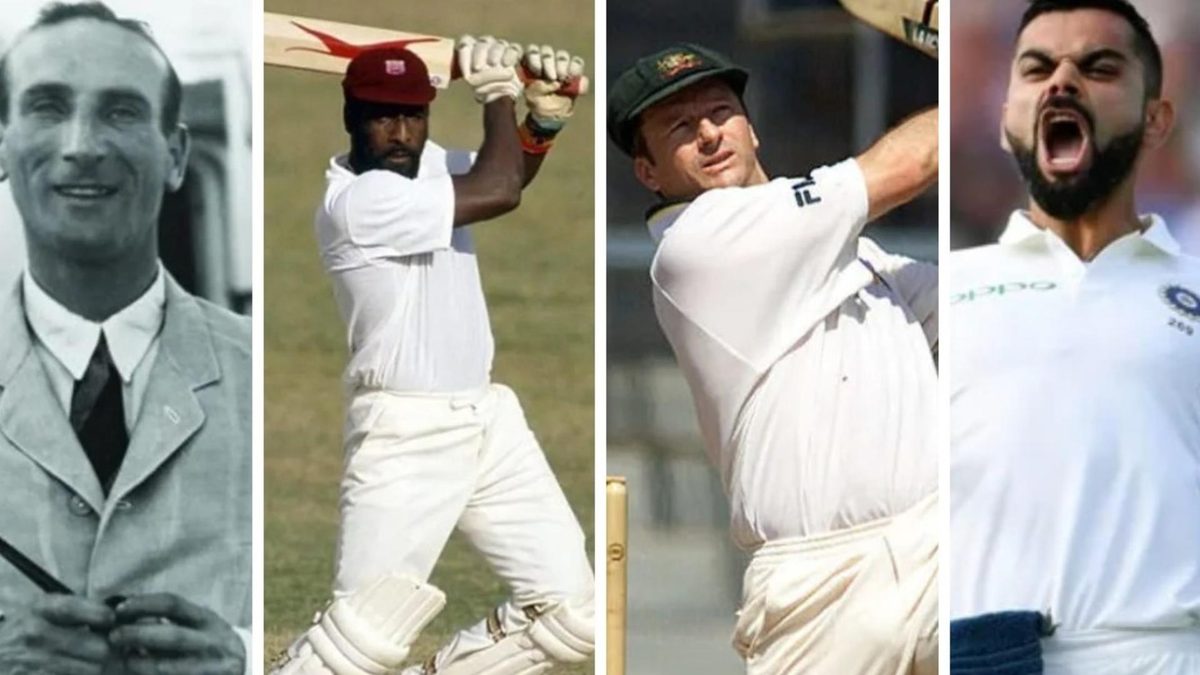
The is a new concept, but how would captains of the past have fared had the points system been retrofitted?
England’s extremely high win percentage (62.96 per cent) in the Ben Stokes era got the cricket fraternity interested. With a 25-Test cut-off, that number is, after all, the second-best after Steve Waugh’s Australia (71.93).
While England have been undoubtedly impressive, it is important to understand the parameter. Under Stokes, England have won 17 Tests, lost nine, and drawn one. The win percentage would have remained the same had England lost five or none or all ten of the ten Tests they did not win, it does not take into account what happened in the Tests England did not win.
Should one go by the win-loss ratio, then? With 4.555, Waugh’s Australia still tops the list among the 25-Test group, but Stokes’s 1.888 puts him at 22nd. At eighth place is his Ashes rival Pat Cummins, with 2.833 (17 wins, six defeats, five draws). At the same time, Cummins’s win percentage of 60.71 is lower than Stokes’s.
In Test cricket, a draw is a common outcome – and a superior outcome to a defeat. The win percentage does not consider how many defeats a side has managed to convert to draws. The win-loss ratio does not consider how many draws they have managed to convert to wins.
The WTC points system
In its current form (since the 2021-23 cycle), the World Test Championship has combined the two parameters by assigning points to all possible results. A win gives a side 12, a defeat nothing, and a draw four – closer to a defeat than a win, rightly encouraging teams to play aggressive cricket. There are also six points for a tied Test match.
Also read: Wisden's current over-35 World Test XI
To compare captains since the beginning of Test cricket, it may not be too illogical to retrofit the WTC PCT – the ratio of points won by a team to the maximum points they could have won – to everyone. As is evident, the denominator of the WTC PCT is 12, which the sides will get if and only if they win every Test match they play.
We shall set the cut-off at 12 Test matches. It is not a random choice. As things stand now, teams play six Test series in a cycle of the WTC, with a minimum of two Tests per series. The duration of a full WTC cycle can be considered a reasonably large sample. One does not need to filter out any team, for over a WTC cycle, teams are expected to face oppositions of varying strength.
Observations
Stokes is still at a very impressive 13th place. Raise the cut-off to 25 Tests, and he jumps to sixth. Waugh tops the list, followed by Jardine, while Jardine’s predecessor Chapman is at 11th place. Jardine inherited Chapman’s already excellent bowling attack and used Bodyline, one of cricket’s most-debated strategies, to curb Don Bradman and win the Ashes back home.
Bradman could not have liked this, and gave it back when he had fast bowlers at his disposal. He is at third place. The core of the team was strong enough for Hassett, his successor, to make it to eighth. Interestingly, Woodfull, who led Australia against both Chapman and Jardine, also makes it to the top twenty.
Rohit has a slightly better PCT than Kohli, but the latter has led more than four times as often. It is difficult to compare the two at this stage, but what cannot be denied is India’s rise under Kohli. MS Dhoni, the third Indian on the list, has a PCT of only 53.33. He is 44th on the list.
New Zealand have a similar scenario. Williamson, the first captain to win the WTC (albeit under a different points system), is easily their most successful captain. At second place is his successor Tim Southee (PCT 55.56 from 12 Tests). No one else has a PCT of 50 or is in the top 50 in the world.
Just outside the top 20 are Hansie Cronje (60.38) and Clive Lloyd (60.36), but their respective successors – Pollock and Richards – make the cut. Lloyd, in fact, had a W/L ratio of 3.000 (36 wins, 12 defeats) but finished at 22nd. Ten captains in the top 20 had lower ratios, while three others had exactly the same – but his wins did not make up for the 1-5 defeat in Australia early in his career as captain. With 67.78, Frank Worrell – the first black full-time captain of the West Indies – is above both men, though he led only 15 times.
Just below Cronje and Lloyd are Michael Vaughan (60.13) and Len Hutton (59.42), captains famous for regaining the Ashes after long gaps – Vaughan in 2005 after 16 years, Hutton in 1953 after 19 years – though the latter run included the Second World War.
With 47.22, Imran Khan is at 65th place, significantly behind Javed Miandad (54.90). Miandad had preceded Imran as Pakistan captain, and stepped in at various points of time in Imran’s absence, eventually taking over once Imran retired. Neither man comes close to Saleem Malik (63.89), the only Pakistani in the top 20.
But perhaps the most interesting name on the list is of Grace, who led 13 times in 11 years (the last of them when he was well past fifty) and still makes it to the top ten. Different, completely unrelatable times – but The Doctor did find a way to win despite not playing anyone other than Australia in the three-team universe of Test cricket during his era.
Follow Wisden for all updates, including live scores, match stats, quizzes and more. Stay up to date with the latest cricket news, player updates, team standings, match highlights, video analysis and live match odds.








